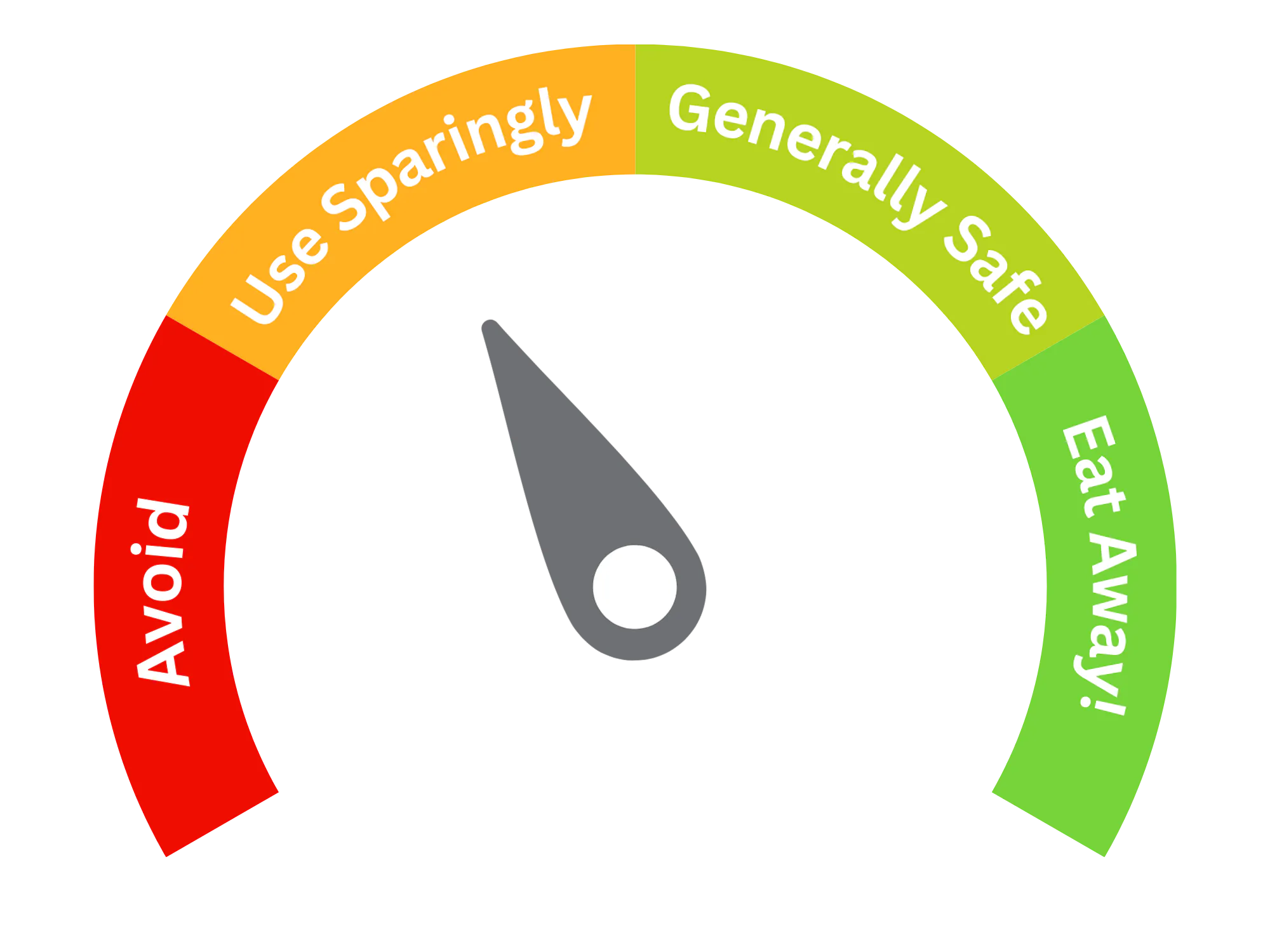Sodium Phosphates (E339)
| Type of additive (Glossary) | Acidity Regulators, Emulsifiers, Humectants, Sequestrants, Stabilizers, Thickeners |
| E Number | E339 |
| Chemical Formula | Na3PO4 |
| Also Known As | Sodium phosphate Sodium phosphate tribasic Trisodium orthophosphate |

Purpose and Function
Sodium Phosphates (E339) are used in the food industry as acidity regulators, stabilizers, emulsifiers, and sequestrants. They help maintain the pH, improve texture, and prevent the separation of ingredients in various products. Common applications include:
- Processed cheese: Helps emulsify the fats, creating a smooth texture.
- Baked goods: Used as a leavening agent in combination with baking powder to help the dough rise.
- Dairy products: Stabilizes and thickens products such as powdered milk, cream, and evaporated milk.
- Meat products: Helps retain moisture and improve texture in processed meats like sausages and hams.
- Beverages: Regulates acidity in drinks, especially in sports drinks and powdered drink mixes.
Sodium Phosphates (E339) are derived from phosphoric acid and are versatile food additives with multiple functional benefits in food processing.
Potential Risks and Side Effects
Sodium Phosphates (E339) are generally considered safe for consumption when used within regulated limits, but there are some considerations:
- High phosphate intake: Excessive consumption of phosphates, especially from processed foods, may be associated with an increased risk of cardiovascular disease, kidney problems, and imbalanced calcium-phosphorus ratios in the body.
- Sodium content: People on a low-sodium diet should be aware that sodium phosphates contribute to overall sodium intake.
- Regulatory approval: Sodium Phosphates (E339) are approved for use in many countries, including the European Union and the United States, where they are considered safe for use in food products within established limits.
Overall, Sodium Phosphates (E339) are regarded as safe when consumed in moderation, but excessive intake from highly processed foods should be avoided.
